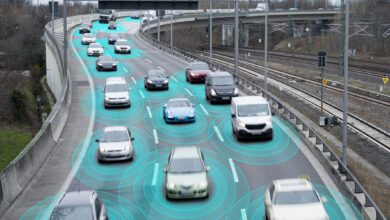
On 4 October, the White House Office of Science and Technology Policy (OSTP) released a proposed “Blueprint” for an Artificial Intelligence (AI) Bill of Rights designed to “make automated systems work for the American People.”
The AI Bill of Rights outlines five basic principles and associated practices to help guide the design, use, and deployment of automated systems to protect the rights of the American public in the age of artificial intelligence. The five basic principles espoused are:
- You should be protected from unsafe or ineffective systems
- You should not face discrimination by algorithms and systems should be used and designed in an equitable way
- You should be protected from abusive data practices via built-in protections, and you should have agency over how data about you is used.
- You should know that an automated system is being used and understand how and why it contributes to outcomes that impact you
- You should be able to opt out, where appropriate, and have access to a person who can quickly consider and remedy problems you encounter
The release of the AI Bill of Rights provides general guidance for federal regulatory agencies, as well as signaling the White House’s policy preferences to Congress on future AI legislation, and encouraging the private sector to take voluntary actions that align with the AI Bill of Rights principles. Technically, the document is a “White Paper,” which means it does not create government policy. Its purpose is to encourage debate and to guide more formal government policy making, but the document itself does not make any new rules, regulations, or laws.
The five principles were developed after a yearlong process of public engagements by the White House Office of Science and Technology Policy, including a request for public comments on the use and governance of biometric technologies.
In a statement by OSTP Deputy Director Dr. Alondra Nelson and colleagues who helped her oversee the development of the AI Bill of Rights, it was noted that “Algorithms used across many sectors are plagued by bias and discrimination, and too often developed with without regard to their real-world consequences, and without the input of the people who will have to live with their results. These problems, which have expanded dramatically over the past decade, are threatening the rights of millions and hurting people in historically marginalized communities.”
You can access the OSTP’s AI Bill of Rights Blueprint at: https://www.whitehouse.gov/ostp/ai-bill-of-rights/






